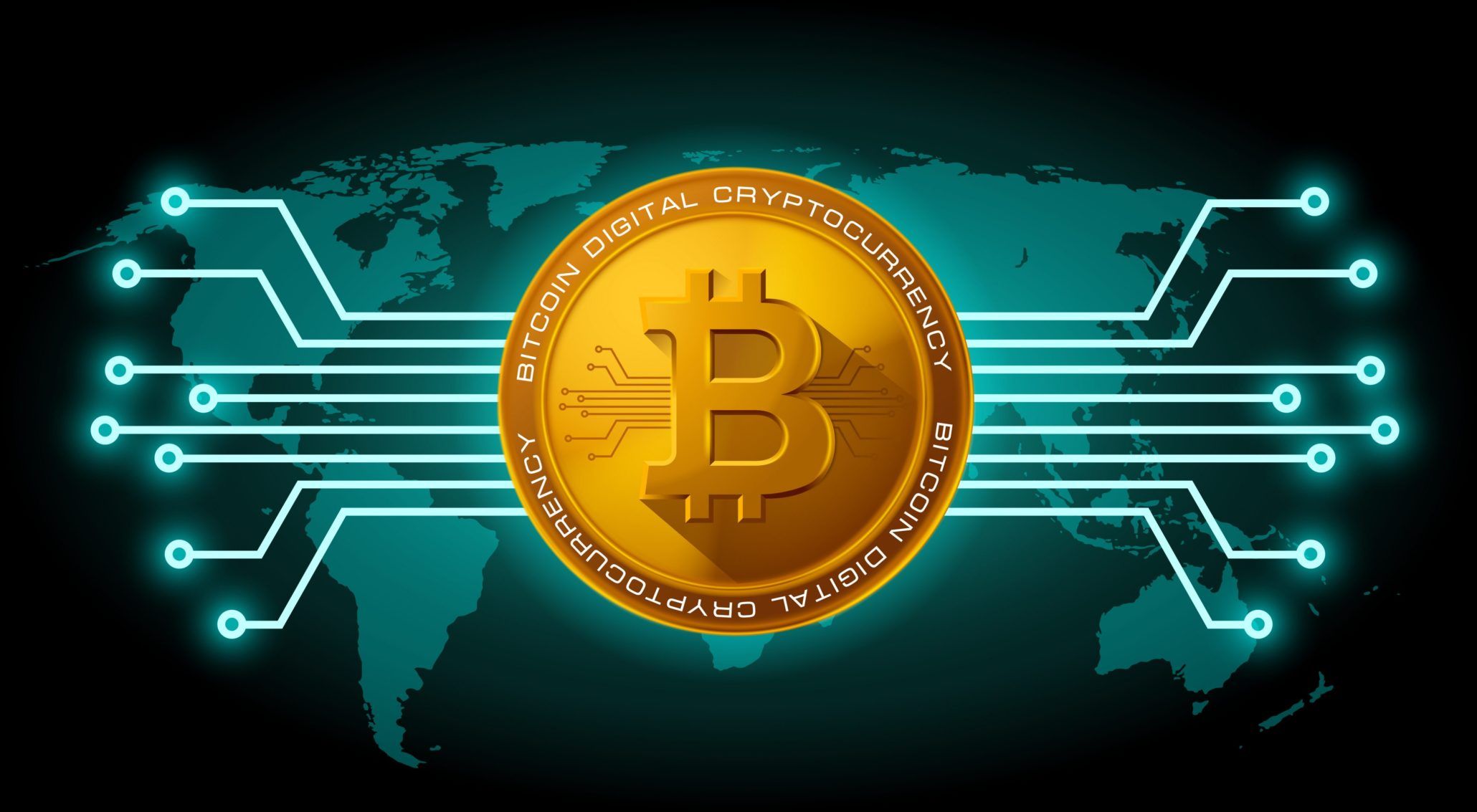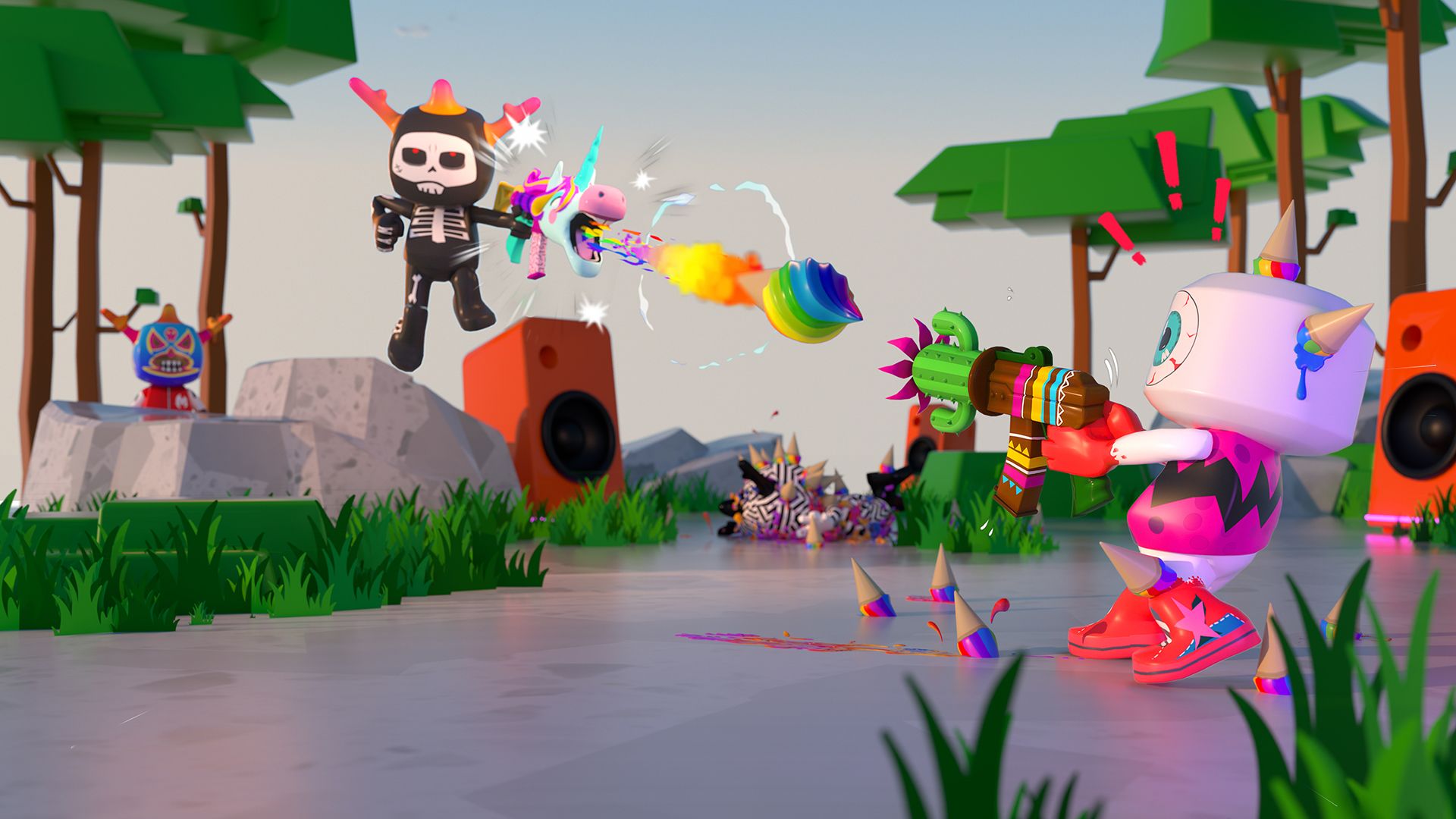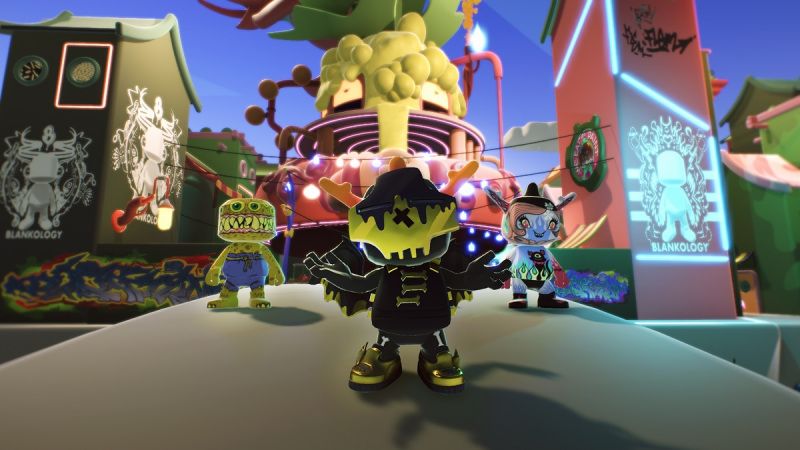NFTs can fuck off. I want to stop writing there, but I should probably explain myself a little further, just in case you’re not quite sure what an NFT is or why they need to fuck off. NFT stands for non-fungible token, which basically – and I will be talking in basics, because NFTs try to confuse everyone with techbro techno babble – means it’s a unique thing. Fungible means interchangeable, as in, if you’ve got a fiver in your wallet, I could swap you for a different fiver, and we’d both be just as we were before. We’d own different fivers, but would both still own a fiver, so it’s like nothing has happened. If something is non-fungible, it essentially means it’s unique, and can’t be swapped – say, if your fiver had been signed by Beyonce, it’s no longer ‘just a fiver.’
Online, NFTs have become a hot new trend in the art market, with people paying thousands of dollars to own a jpeg file. For example, the image below was bought for $170,000 – but we can still freely host it on our site, and you can download it onto your phone or computer too. That’s because the image below, and all the downloaded versions are copies. The original is the one that was bought for $170k. In real art, owning an original rather than a copy is a big deal – you can buy a Mona Lisa print, but you won’t own the Mona Lisa. In the online world though, it doesn’t really make a difference if one jpeg is the ‘original’ or not. They’re all the same. Jpegs of the same image and file size are fungible by definition, yet in this new trend, the original has been given an inflated value to cash in on the trend and the prestige of fictional ownership.
That might not seem very important. Like me, you might not have $170,000 to blow on a cat jpeg, and don’t have much sympathy for the losers that do. But because they use blockchain and cryptocurrency, NFTs are also horrific for the environment. Imagine if every time you bought something, you plugged appliances into every socket in your house, turned everything on, then did the same for every other house on the street. Every single time you make a purchase. Cryptocurrencies are estimated to have used as much energy as the whole of Argentina in 2020. Some cryptos do not have huge impacts on the environment – it depends on whether they use mining, which is perhaps too complicated to dive into here, but basically means powerful computers endlessly running algorithms with huge energy consumption – but most do. We’ve also seen NFTs be used for horrendous cash grabs, such as one artist who used a $50 asset of the late Chadwick Boseman’s likeness to sell off an NFT during the Academy Awards, and other incidents of artists having their artwork stolen from them.
If you didn’t already, you hopefully now have some understanding of an NFT, but you might be thinking “What does this have to do with games? Aren’t you guys called The Gamer?” and a) I’m getting to that, and b) it’s actually TheGamer, with no spaces.
For one thing, some of the artists who have had their work stolen are video game artists, but also, many publishers have been getting in on the NFT racket recently. Square Enix, despite the environmentalist themes of Final Fantasy 7, was one of the first, followed by Sega, whose mascot Sonic has always been very green despite being blue, and Ubisoft, who recently ditched a gender equality initiative in favour of an environmental one, deciding it is impossible to care about two causes at once. E3 has been no exception. The Devolver Forwarder stream has been sold for $1,000, although in this case it was a classic VHS tape with no environmental impact and the money went to charity. That was basically a dunk of how silly NFTs are. Unfortunately, Blankos Block Party played the NFT schtick straight.
In some ways, fusing NFTs with the game is a good idea, because otherwise there’s no chance I’d be writing about Blankos Block Party, gaming’s answer to the question “What if we made ugly Funko Pops fight each other?” In Blankos Block Party, you can make levels, play mini games, create worlds, and battle people. It’s a Minecraft and LittleBigPlanet mashup that looks not quite as good as either, but on another day would probably get points for trying. On this day though, the creators have decided that all of the characters and every customisable item in the game will be an NFT, with the idea being players can barter for and buy other NFTs in an interactive marketplace, which is not only way too complex an idea for a game that is being far too ambitious with its audience estimation, it’s also a really shitty way to get NFTs into the industry.
Gaming is one of the worst mediums when it comes to jumping on the latest trends, but NFTs are not just some cringe catchphrase being used in the wrong way by marketing campaigns a year after the meme is dead. It’s an embrace of complete disregard for the environment, displays an utter lack of understanding for how digital ownership works in the gaming sphere, and shows that despite gaming’s desperation to prove itself as mature and evolved as an artform, it still has room for the worst cash grabs and charlatans in art.
Blankos Block Party otherwise seems like a decent enough game I probably wouldn’t bother playing anyway, but it’s hard to stomach how toothless it has revealed gaming to be at the highest level. The line between critics, journalists, influencers, presenters, and hype men feels blurrier in gaming more than any other industry, and the complete lack of interrogation into NFTs getting so much spotlight and discussion at E3 highlights that more than ever. I really should have stopped at the first line: NFTs can fuck off.
Source: Read Full Article


